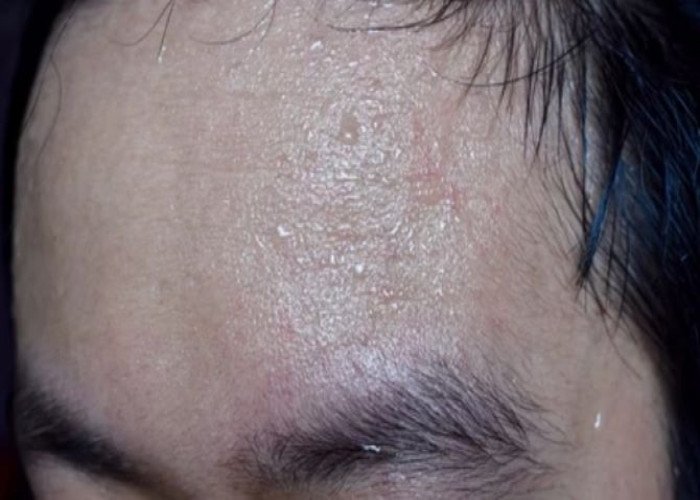 Welcome
Welcome
“May all be happy, may all be healed, may all be at peace and may no one ever suffer."
Anhidrosis
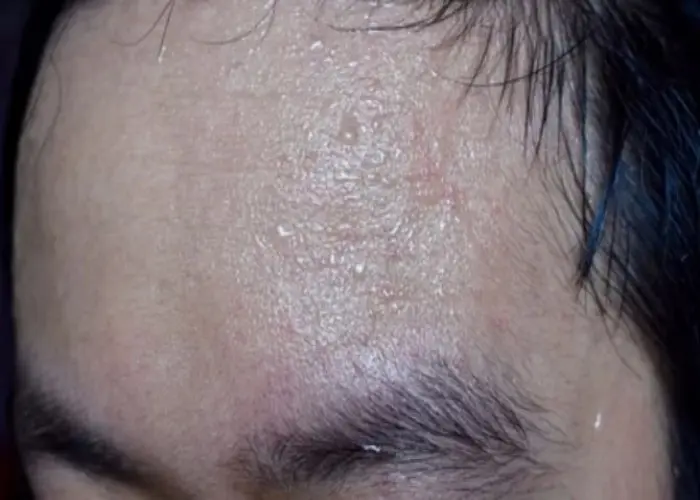
Anhidrosis is a medical condition characterized by the inability to sweat normally. Sweating, or perspiration, is a normal physiological process that helps regulate body temperature and maintain skin hydration. Anhidrosis can result from a variety of causes, including genetics, nerve damage, skin conditions, and certain medical conditions, such as Parkinson's disease, stroke, and spinal cord injuries.
The symptoms of anhidrosis can include elevated body temperature, heat intolerance, dry skin, and a decreased ability to regulate body temperature. In severe cases, anhidrosis can lead to heat stroke, a life-threatening condition that occurs when the body is unable to dissipate heat.
Treatment for anhidrosis typically involves identifying and treating the underlying cause. This may involve medications, lifestyle changes, or skin care products to help manage symptoms. In some cases, surgery may be necessary to correct the problem. It is important to seek medical attention if you suspect you have anhidrosis, as prompt treatment can help prevent serious complications.
Research Papers
Disease Signs and Symptoms
- A lack of perspiration can occur Feeling hot
- Dizziness (vertigo)
- Muscle cramps
- Muscle weakness
- Skin patches
Disease Causes
Anhidrosis
Anhidrosis occurs when your sweat glands don't function properly, either as a result of a condition you're born with (congenital condition) or one that affects your nerves or skin. Dehydration also can cause anhidrosis. Sometimes the cause of anhidrosis can't be found.
Causes of anhidrosis include:
- Conditions you're born with, such as certain congenital dysplasias that affect the development of sweat glands
- Inherited conditions that affect your metabolic system, such as Fabry's disease
- Connective tissue diseases, such as Sjogren's syndrome, which causes dry eyes and mouth
- Skin damage, such as from burns or radiation therapy, or diseases that clog your pores (poral occlusion), such as psoriasis
- Conditions that cause nerve damage (neuropathy), such as diabetes, alcoholism and Guillain-Barre syndrome
- Certain drugs, such as morphine and botulinum toxin type A, and those used to treat psychosis
Disease Prevents
Anhidrosis
Anhidrosis often can't be prevented, but serious heat-related illnesses can. To stay safe:
- Wear loose, light clothing when it's warm.
- Stay cool indoors on hot days.
- Use a spray bottle containing water to cool yourself.
- Monitor your activity level closely so you don't overdo it.
- Learn the signs of heat-related illness and how to treat them.
Disease Treatments
Anhidrosis that affects a small part of your body usually isn't a problem and doesn't need treatment. But large areas of decreased perspiration can be life-threatening. Treatments may depend on the condition that's causing the anhidrosis. For example, if medications are causing the condition, discontinue taking that drug, if possible. If clogged sweat ducts are causing the condition, cleaning the skin with a gentle exfoliant might help.
Disease Diagnoses
Disease Allopathic Generics
Disease Ayurvedic Generics
Disease Homeopathic Generics
Disease yoga
Anhidrosis and Learn More about Diseases

Adjustment disorders
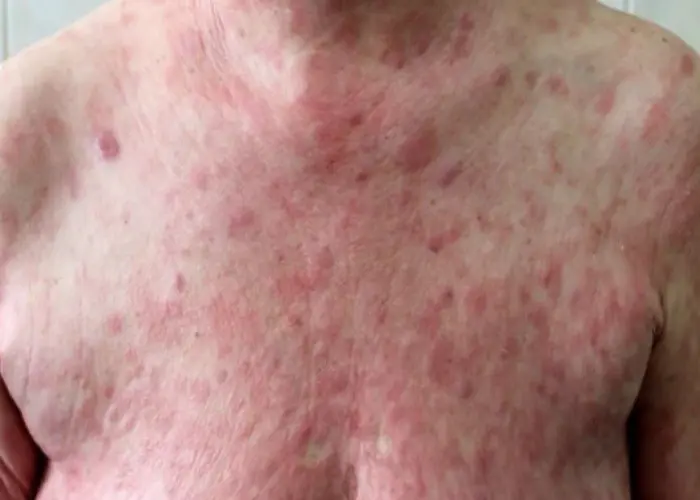
Cutaneous T-cell lymphoma

Hives (Cold urticaria)

Peritonitis
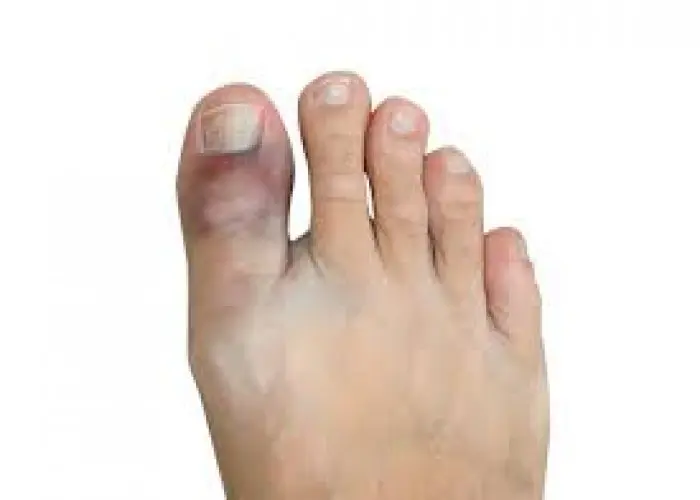
Broken toe
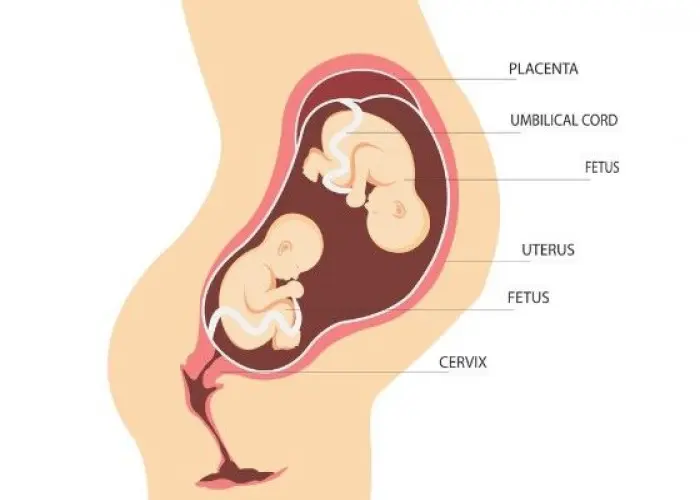
Double uterus

Aphasia
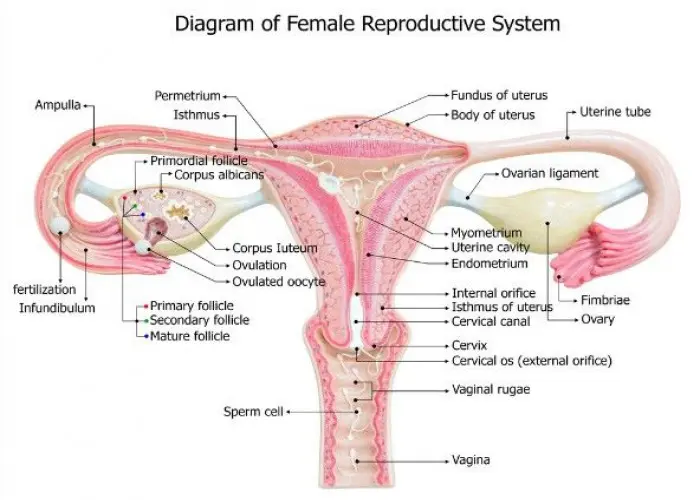
Female infertility
Anhidrosis, Anhidrosis treatment, Foot anhidrosis, অ্যানহিড্রোসিস
To be happy, beautiful, healthy, wealthy, hale and long-lived stay with DM3S.
